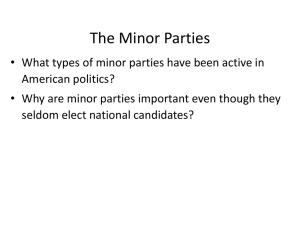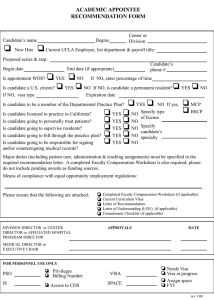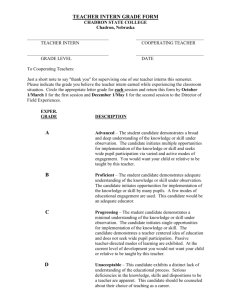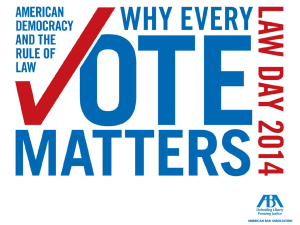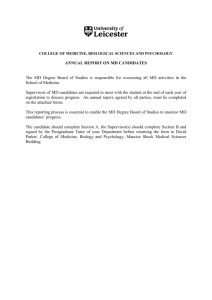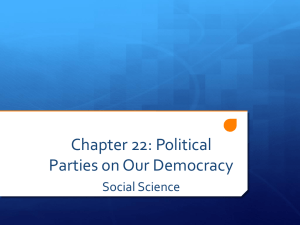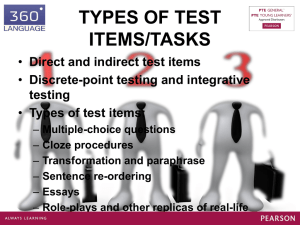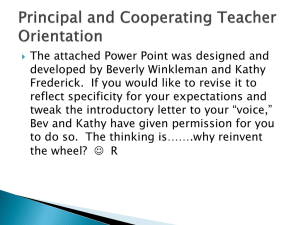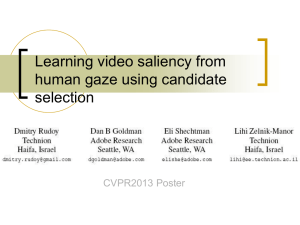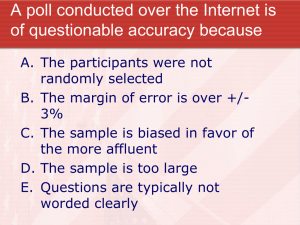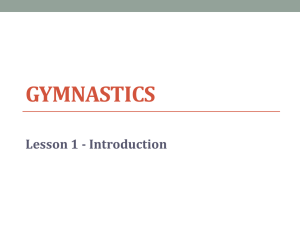here - EPIC ITB
advertisement
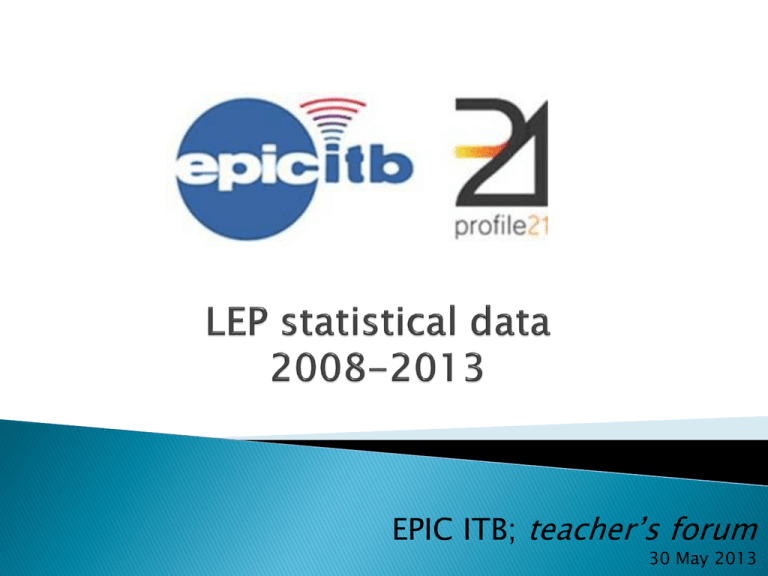
EPIC ITB; teacher’s forum 30 May 2013 Year 2008 2009 2010 2011 2012 Candidates % of candidate shift 1,967 1,907 3.1% decrease on 2008 2,177 14.1% increase on 2009 2,287 5.1% increase on 2010 2,087 8.7% decrease on 2011 2,300 2,287 2,200 2,177 2,100 2,000 2,087 1,967 1,907 1,900 Where will this end up ?? 1,800 2008 2009 2010 2011 2012 2013 Year 2008 2009 2010 2011 2012 2013 Candidates 694 553 668 782 743 531 % of candidate shift 20% decrease on 2008 20% increase on 2009 17% incline on 2010 5% decline on 2011 28% decline on 2012 32% decrease in candidate sittings in past 2 years 800 782 750 700 743 694 668 650 600 553 550 531 500 2008 2009 2010 2011 2012 2013 Year 2008 2009 2010 2011 2012 2013* Candidates 164 159 181 190 174 112 % of candidate shift 3% 14% 5% 8% 35% decrease on 2008 increase on 2009 increase on 2010 decrease on 2011 decrease on 2012 41% decrease in those sitting in past 2 years * 2013 figures are for January to May, only summary; candidates 1. Enrolment versus exit exams 2008-09 intakes down by 15-20% on pre-GFC years 1 32% decrease in 2013 Jan-May LEP’s, since peak of 2011 1 2010-12 intake back to pre-GFC levels, but 2-3 years from exiting 1 2. Economic climate Companies doing it tougher 2 Apprentices increasingly being laid off, or forced to take leave Major works projects drying up in Victoria 4 3 3. Rising unemployment Melbourne's unemployment up from 4.5% to 6.2% 5 Victoria’s falling home building approvals hurting electrical industry 1. 2. 3. 4. 5. 6. EPIC ITB Profiling & LEA records – 2008/13 HIA Housing 100 Report – Sep 2012 EPIC Jobs Survey Report – 2010/11 The Melbourne Age – Feb 2013 The Melbourne Age – April 2012 Master’s Electrician’s Australia – April 2013 6 Year 2008 2009 2010 2011 % 61% 65% 65% 66% % of candidate shift 6.5% increase on 2008 no change against 2009 0.1% increase on 2010 2012 57% 13% decrease on 2011 65% 65% 60% 65% 66% 61% 57% 55% 50% 46% (Jan to April) 45% Where will this end up ?? 2008 2009 2010 2011 2012 2013 Year 2008 2009 2010 2011 2012 2013 % 63% 63% 63% 62% 57% 46% % of candidate shift no change against 2008 no change against 2009 1% decrease on 2010 8% decrease on 2011 16% decrease on 2012 26% decrease in pass rates in 2 years 65% 63% 63% 63% 62% 60% 57% 55% 50% 45% 46% 2008 2009 2010 2011 2012 2013 Year 2008 2009 2010 2011 2012 % 14% 14% 14% 13% 18% % of candidate shift no change against 2008 no change against 2009 1% decrease on 2010 38% increase on 2011 26% (Jan to April) 24% 22% 20% 18% 18% 16% 14% 14% 14% 14% 13% 12% 2008 2009 2010 2011 2012 2013 Year % % of candidate shift 2008 2009 2010 2011 2012 15% 16% 20% 14% 19% 1% 25% 30% 36% 2013 26% 37% increase on 2012 increase on 2008 increase on 2009 decrease on 2010 increase on 2011 More than 1 in 4 with 3+ resits so far in 2013 26% 25% 20% 20% 19% 16% 15% 15% 14% 10% 5% 2008 2009 2010 2011 2012 2013 Year 2008 2009 2010 2011 2012 2013* Passed 100 104 118 127 106 50 % of those that sat 61% 65% 65% 67% 61% 45% 61% decrease in 1st time pass rates in past 2 years * 2013 figures are for January to April, only summary; passes Year 2008 2009 2010 2011 2012 2013* 3+ resits 23 23 26 26 32 25 % of those that sat 14.1% 14.5% 14.3% 12.3% 18.3% 26.4% * 2013 figures are for January to April, only summary; 3+ resits 1. Exodus of teachers • Older and experienced teachers retiring • Budget cuts costing jobs, and/or contract extensions • Teachers who now assess the LEA, cannot teach the LEA 2. Teacher role shifts • Newer teachers still on LEA learning curve • Less teachers employed in many colleges • May 2012 State budget impacting on college resources • Experienced teachers elevated to RTO managers 3. Cost of training • May 2012 State budget lifts cap on tuition fees • Apprentices increasingly bearing brunt of higher fees • Higher fees resulting in less tutorials being done • Lower cost of LEA resulting in less take up of tutorial




